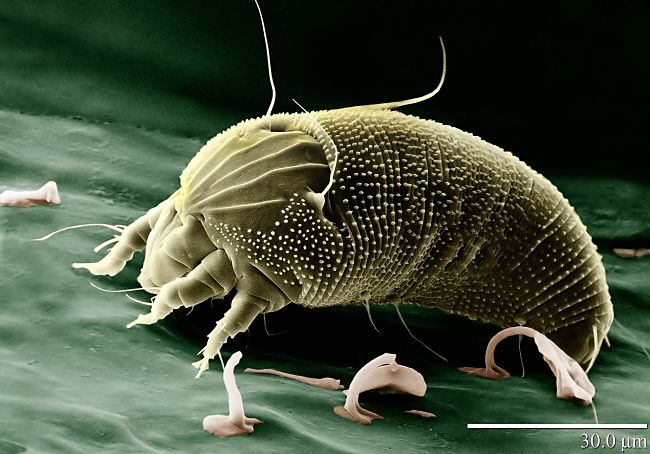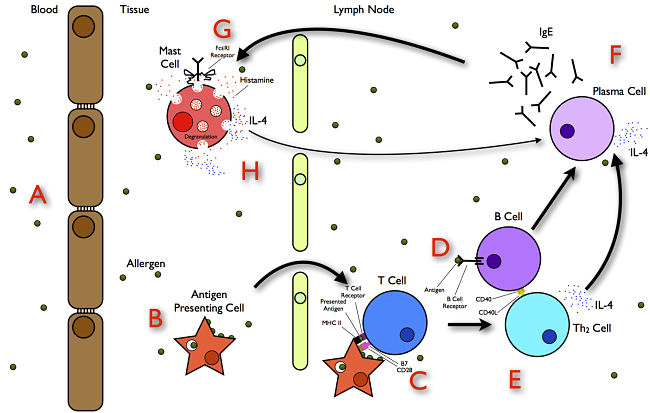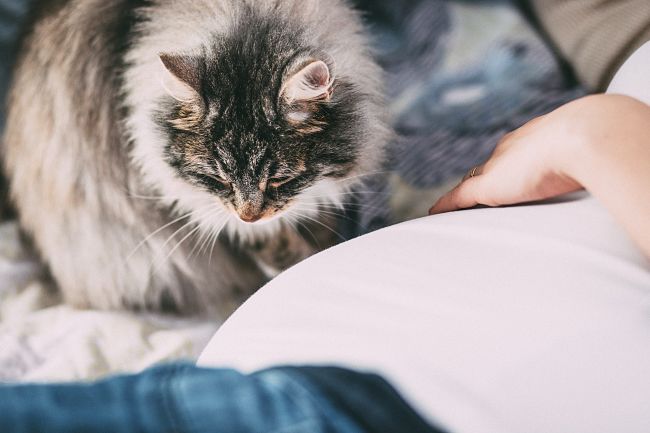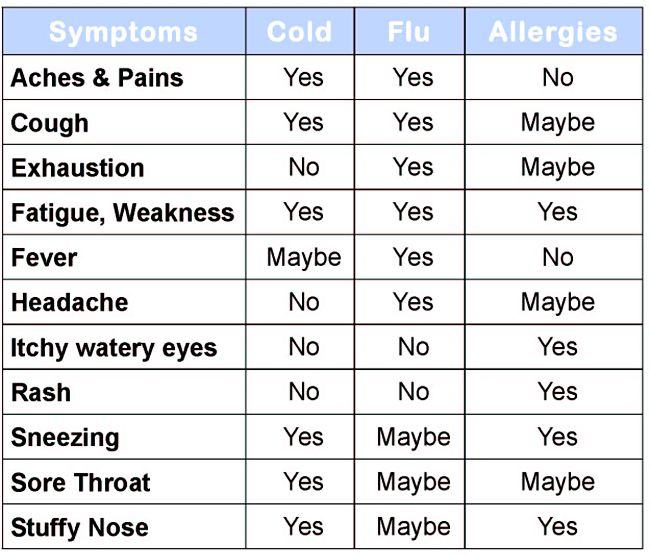Winter Allergies - Triggers, Symptoms, Causes, Remedies and Prevention Tip
During winter many people spend more time indoors and this can increase exposure to dust mites, dust, mold, pets, fumes, chemicals and other similar things likely to trigger allergies. Many people often confuse the symptoms of allergies with those of persistent colds or flu, which are more prevalent during winter.
But a cold usually doesn't last for more 3-5 days. Winter allergies can linger for weeks or even months. If you have lingering cold or cough symptoms consider allergies as the possible cause.
Allergies can possibly extend the time it takes to clear lingering cold symptoms. Colds and flu infections are usually accompanied by fevers, aches and pains - symptoms that generally don't occur with allergies.
This article outlines the things that trigger and cause allergies, their causes and how to prevent and control allergies in the home.

Common Winter Allergy Symptoms
- Coughing
- Sneezing
- Runny nose
- Watery eyes
- Itchy Eyes
- Itchy Nose
- Dark circles under the eyes
- Persistent cold and flu-like symptoms
Tips for Preventing and Controlling Winter Allergies
► Change humidifier water and filters according to manufacturer recommendations to avoid mold and bacterial contamination.
► Control pet dander, hair and other residues by cleaning more regularly. Make your bedroom an allergy "safe haven" for your home. Don't let your pet sleep in your bedroom, and wash your pet regularly. You may need other pet-free areas in the home to control this trigger and cause of allergies in the home.
► Consider removing carpets, rugs and plants from your bedroom. It is a good idea to install allergenic covers on your pillows and mattress to create a barrier for dust mites.
► Survey your house indoors and outdoors monthly to look for visible mold, and identify areas that are at high risk for mold formation. Examples include a pile of firewood close to the house, garden areas, damp patios or basements.
► Before putting up your Christmas tree that has been in storage, spray it with a garden hose and remove all dust from your holiday decorations. Buy glass or plastic ornaments rather than fabric, which can collect more dust.
► Turn on the exhaust fan when showering or cooking to remove excess humidity and odors from your home, and
► To help control dust mites and mold, use a dehumidifier to keep the humidity in your home below 50%.
► Consider your bedroom the allergy "safe haven" of your home. Keep pets, carpets, rugs and plants out of your bedroom to avoid dust mites and mold from decaying plants.
► Keep your indoor humidity level between 30 percent and 40 percent -- using a humidifier or dehumidifier -- to prevent mold growth.
► Mop your floors regularly to remove dust.
► Clean your carpets with a HEPA vacuum to decrease dust mites and pet allergen levels.
► Use a HEPA air filter to clean dust from the air.
► Wash your hands often, especially after playing with pets and when coming home from public places.
► Wash your bed linens and pyjamas in hot water (above 130 degrees) to kill dust mites.
► Replace shower curtains or carpeting that have mold. Treat areas of dampness on wallpaper, walls and ceilings. Wash shower curtains and surfaces affected with mold with a solution containing 5% bleach and a little detergent.
► Install high-efficiency furnace filters. They capture 30 times more allergens. Also make sure your furnace fan is always on.
► Use allergy-proof and mite-proof covers on mattresses, pillows, and comforters.
► Wash bedding in very hot water once a week.
Related Articles
=> Allergy Free Garden Design and Tips for Low Allergen Gardening
=> Best Natural Allergy Remedies - Identify, Avoid Seasonal Allergens
=> Cats Allergy Risk for Adults, Children - Ban Cats from Your Bedroom
=> Egg Allergy Symptoms - How to Avoid, Manage and Treat




